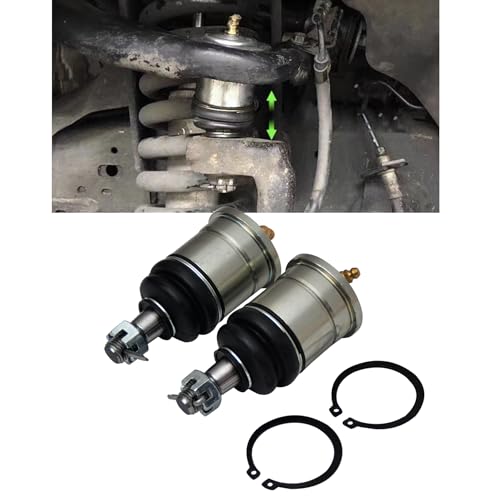Blocking the egr just stops the pcv oil from being baked onto the intake manifold,
Intake manifold doesn't cook/bake anything. In fact it is one of the coolest parts of the engine when running, that's why the PCV oil condenses there. The trouble comes from mixing it with the particles form the EGR. There are several NISSAN engines that come with and without EGR, and you will never see blocked intake on engine without EGR. The baking/cooking comes from the EGR gasses temperature. I am driving my ZD30 with blocked EGR (with remap and 2 blanking plates without any holes) for more than 30000km now. The inside of the intercooler and intake manifold are as bright as they come from factory. There is some oil film and small quantities here and there, but absolutely no residues anywhere. And the oil stays transparent for at least 5000km - it just gets a little darker. I don't see what catch can can do if the EGR is shut off.
Tricking the ECU that either the intake air or coolant temperature is lower puts the engine in non-standart condition. Both the fuel and start of injection aren't as they should be. This is why it is a bad thing, especially on a modern engine without the bigger safety margins of the old ones. Remap of the ECU is the only proper way of shutting down the EGR. Then blanking plates can be used, just in case the EGR valve is not as tight as it should be.
Sure, on some engines there is no problem, but on some other engines (namely YD25 and ZD30, no matter CRD or not) it is definitely a problem, as these are prone to high EGTs even without blocking the EGR.
...and, there's nothing modern in water cooled turbos. Just the opposite - more modern turbos tend to be oil cooled. For example, TD27, ZD30 and several others had water cooled turbos, which were replaced with oil cooled at later time. Usually the oil gets to the turbo directly after the oil-water heat exchanger, so it is with similar temperature. Adding one more cooling agent just adds complexity to the turbo charger if the oil itself is capable enough to cool it down.
As for the timer - I just drive a bit slower some minutes before stopping, and eventually letting the engine work at idle for some 30-60 seconds. Never had any turbocharger issues. And I am replacing my oil twice a year (which in my case is around 7500-10000km, using only high quality fully synthetic oils which deteriorate considerably slower. Namely AMSOIL for example. Never had any issues with oil either.























